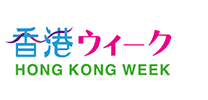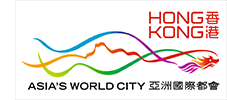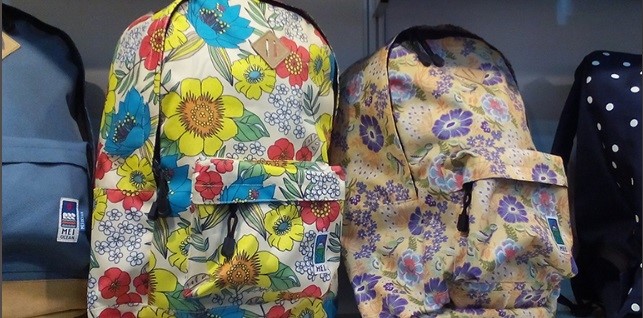
Flexible Backpack Design Caters to Market Demand
Practical and versatile, a backpack is a chic accessory for various looks and apparels. Modern and functional designs are on-trend and are highly fashionable. How can a backpack evolve into myriad styles to appeal to different markets?
“More and more brands now focus on both style and function, and there are more designers launching their own brands,” said Eli Chu, General Manager of GGM Limited. “This shows that there is a strong drive for the development of the backpack market.”
GGM is a local trading company. Its Japanese headquarters, Stanley International Ltd, earned its name from designing and manufacturing caps. They have established two self-owned factories in Ho Chi Minh City, Vietnam. In the early years, the Japanese company was authorised to design and manufacture for the American backpack brand, MOUNTAIN EQUIPMENT INC (MEI), and to distribute the products to Hong Kong, Southeast Asia and Europe. GGM, on the other hand, is based in Hong Kong. It helps the Japanese headquarters to develop its own brands and MEI’s overseas distribution markets, as well as to undertake OEM orders for design and manufacturing.
Fabrics determining the value
With a wide range of uses, backpacks can be classified into different categories, including alpine, sports and professional camera backpacks. There are also multi-functional backpacks and fashionable ones. Those with stylish designs and practical functions meet the market trend. Chu said: “A backpack can be easily transformed into a handbag, or it can be turned into a shoulder bag with a shoulder strap. Consumers love multi-functional designs. In recent years, square-shaped backpacks dominate the market. We can have unlimited choices of shapes, but the underlying design principle remains the same. By adding another bag or a strap, we can achieve diverse functions and possibilities.”
Design, as well as the quality of fabrics, is the important factor determining the market positions of backpacks. “The entire MEI backpack is made with renowned Korean CORDURA fabrics, which are manufactured with high quality, durable nylon. Every MEI backpack comes with an original ‘CORDURA’ label—a proof of authenticity, as we purchase directly from the brand. Taking full advantage of directly placing orders with the supplier, we can choose our exclusive colours, fluorescent colours and even prints, enabling us to offer more than 20 colour options to our customers. Leather and metal zippers are also used to make higher priced backpacks,” Chu added.
With consumers becoming more and more eco-conscious, buyers are now actively looking for eco-friendly fabrics. Chu said: “An online department store is planning to open more than 50 retail stores across Europe. Their buyers are very interested in eco-friendly fabrics. They are carefully reviewing the quality certificates to ensure that the fabrics contain no hazardous chemicals.”
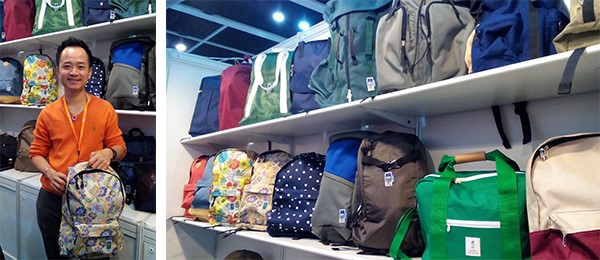
Eli Chu says MEI releases 25 to 30 new designs each season. European consumers prefer olive green and navy blue, whereas Japanese consumers love colourful prints.
Different Markets, Different Tastes – Europe vs Japan
It takes a wide range of colours to satisfy different markets. “European consumers prefer olive green and navy blue for easy styling, whereas Japanese consumers love colourful prints. We mainly apply a well-developed thermal transfer technology on prints to attain beautiful patterns, which can be printed on the entire piece of fabric or on tailored fabric pieces. The minimum order quantity is one, and the cost is same for single colours and multiple colours. We usually get orders with quantities of more than 100, and the technology we use is just perfect for small orders.”
GGM also owns “Hand Knit”, its own hand-woven hat brand in Nepal. “After the earthquake in Nepal, our boss had wanted to help the local people affected by the natural disaster. He went there in person to learn about the situation and got to know a local family-owned factory. He assigned this factory to hand-dye and hand-knit all the ‘Hand Knit’ products, ordering 50 to 100 pieces of each colour for limited edition sales. We also donate some of the knitted hats and backpacks to social welfare organisations in Vietnam.”
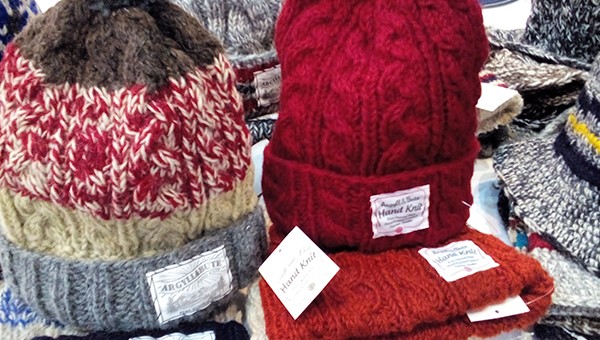
GGM’s own hand-knit hat brand, “Hand Knit”, is dedicated to corporate social responsibility.
Optimistic towards the Malaysian Market
GGM connects with distributors in Korea, Taiwan and Singapore through the Hong Kong platform. The company also participates in the Hong Kong Fashion Week, an event organised twice a year by the HKTDC. “We have developed our local retail channels through our participation in the event,” Chu said. “We now sell the MEI products at ICE FIRE, niko and ..., Citistore and Ngong Ping 360 stores. Recently, we have even worked on a crossover project with ICE FIRE to launch backpacks branded with both our labels.”
Malaysia is GGM’s new focus among emerging markets, as it takes only five days for customs clearance and the country is a short distance from their Vietnam factory. “At the Hong Kong Fashion Week a few years ago, we met a Malaysian chain store that operates more than 30 shops in Malaysia. We started with small orders in the beginning, but at last year’s fair, we began talking about large orders. It is a great opportunity for our development.”
GGM's Japanese head office has expanded their production line in Vietnam with a new garment factory opened in April 2017. The news captured the attention of new potential buyers. “An Australian online store is going to open a physical store and needs comprehensive OEM services. Our existing and new production lines are able to satisfy their demand for clothing, hats, socks and backpacks.”
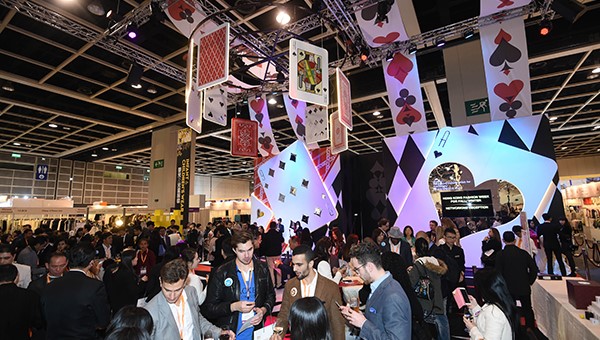
Eli Chu considers the Hong Kong Fashion Week, organised by the HKTDC, to be an effective platform for companies to expand their local retail network and obtain OEM orders.



